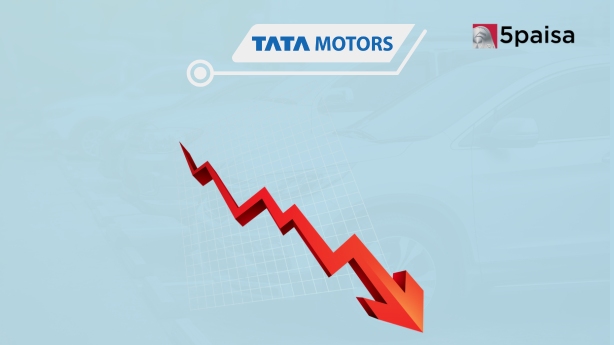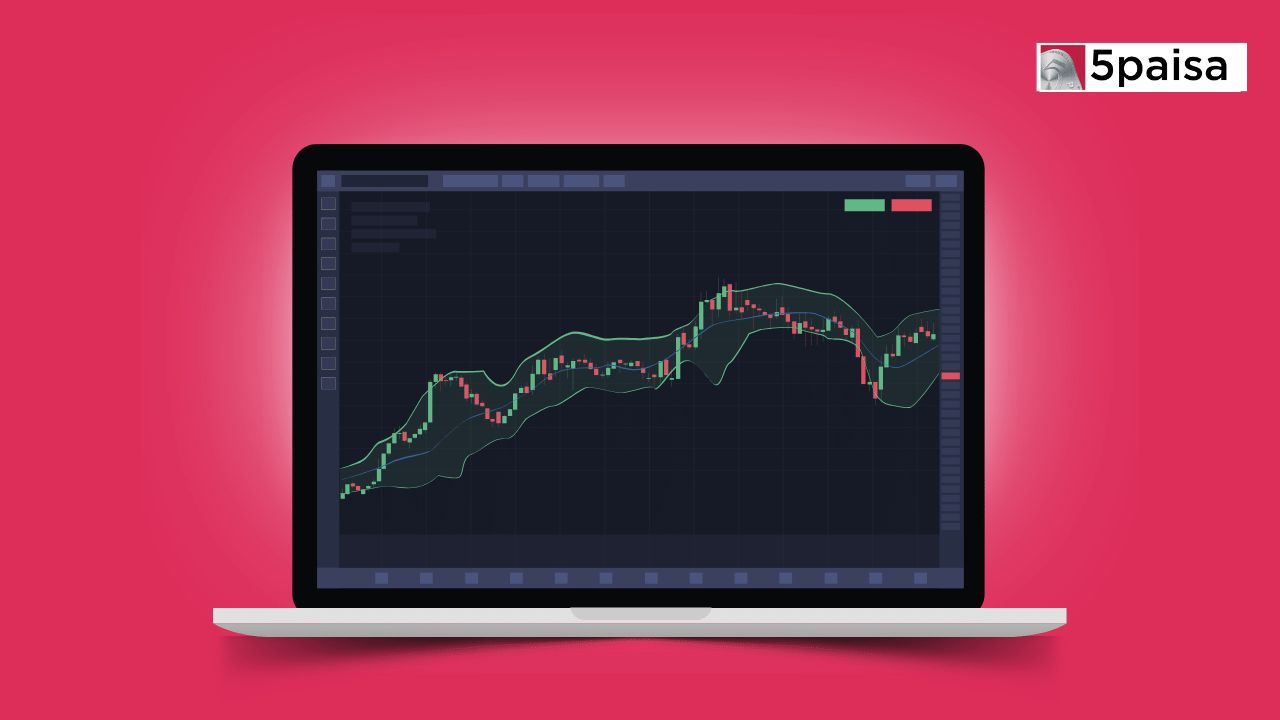iThe current values are delayed, open demat account for live values.
Nifty PSU Bank
Nifty PSU Bank Performance
-
Open
6,025.15
-
High
6,085.15
-
Low
5,945.50
-
Prev Close
6,051.85
-
Dividend Yeild
2.43%
-
P/E
6.41
Nifty PSU Bank Chart

Color code for Stocks Performance
- 5% and above
- 5% to 2%
- 2% to 0.5%
- 0.5% to -0.5%
- -0.5% to -2%
- -2% to -5%
- -5% and below
Constituent Companies
| Company | Market Cap | Market Price | Volume | Sector |
|---|---|---|---|---|
| State Bank of India | ₹643956 Cr |
₹722
(1.9%)
|
11612180 | Banks |
| Bank of Baroda | ₹108728 Cr |
₹210.27
(3.62%)
|
10936717 | Banks |
| Canara Bank | ₹79132 Cr |
₹87.33
(3.69%)
|
22810920 | Banks |
| UCO Bank | ₹46138 Cr |
₹38.58
(0.73%)
|
7684789 | Banks |
| Union Bank of India | ₹88359 Cr |
₹115.68
(3.11%)
|
13180270 | Banks |
Nifty PSU Bank Sector Performance
Top Performing
| Sector Name | Percentage Change |
|---|---|
| Ceramic Products | 0.01 |
| Dry cells | 2.46 |
| Real Estate Investment Trusts | 0.52 |
| Paints/Varnish | 0.6 |
Under Performing
| Sector Name | Percentage Change |
|---|---|
| Diamond, Gems and Jewellery | -1.56 |
| IT - Hardware | -0.49 |
| Leather | -0.67 |
| Healthcare | -0.4 |
Nifty PSU Bank
NIFTY PSU Bank index tracks the performance of public sector banks listed on National Stock Exchange (NSE). Launched on 30 August 2007 with a base value of 1000, this real time index includes 12 PSU bank stocks. It’s updated every six months to reflect changes in the banking sector. NIFTY PSU Bank index which has seen its value rise above 2,500, is managed by NSE Indices Limited formerly India Index Services & Products Limited. It has a governance structure involving NSE Indices Board, Advisory Committee, and Maintenance Sub Committee. Additionally, there's a related NIFTY PSU Bank Total Returns Index, useful for creating index funds, ETFs and other investment products and for benchmarking investment portfolios.
What is the Nifty PSU Bank?
NIFTY PSU Bank index measures the performance of public sector banks listed on National Stock Exchange. Established on August 30, 2007, with a base value of 1000, it includes 12 tradeable PSU bank stocks including State Bank of India, Bank of Baroda, Punjab National Bank, Canara Bank, Union Bank of India, Indian Bank, Bank of India, Indian Overseas Bank, Central Bank of India, Bank of Maharashtra, Punjab & Sind Bank, and UCO Bank. NIFTY PSU Bank index is updated every six months to keep up with the evolving banking sector. Managed by NSE Indices Limited, it has a governance structure with a Board of Directors, an Advisory Committee, and a Maintenance Sub Committee.
How is the Nifty PSU Bank Index Value Calculated?
NIFTY PSU Bank index value is calculated using the formula:
Index value = Current free float market capitalization/ (Base free float market capitalization * Base Index Value)
NIFTY PSU Bank index is updated every six months, using data from January to June and July to December. If any changes are needed new stocks are added or removed on the last trading day of March and September. This regular review helps the index stay current with the performance of public sector banks. This process ensures that the index accurately reflects the evolving banking sector, making it a reliable tool for tracking these bank’s performance.
Nifty PSU Bank Scrip Selection Criteria
1. The stock must be listed on the National Stock Exchange.
2. It should be among the top 800 companies in NIFTY 500 list.
3. At least 51% of the company’s shares must be owned by the central or state government.
4. The company must be part of the Public Banking sector.
5. The stock should have been traded at least 90% of the time over the past six months.
6. The company must have been listed for at least six months. However, if a company is newly listed, it can be included after three months if it meets all other criteria.
7. If there are fewer than 10 eligible PSU banks, other top 800 stocks from NIFTY 500 list are considered, based on their trading activity and market size.
8. To be included, a stock’s market value must be at least 1.5 times that of the smallest stock in the index.
9. During rebalancing a single stock can’t make up more than 33% of the index and the top three stocks together can’t exceed 62% of the index.
Nifty PSU Bank index tracks the performance of these PSU banks, with its value reflecting the combined market performance of these stocks.
How does the Nifty PSU Bank work?
NIFTY PSU Bank index tracks the performance of 12 public sector banks listed on National Stock Exchange. Launched on 30 August 2007 with a base value of 1000, it is updated every six months. Stocks in the index are selected based on their free float market capitalization and must meet several criteria, company stock needs to be listed on NSE, have at least 51% government ownership and be part of the public banking sector. Additionally, stock must have a trading frequency of at least 90% and a listing history of at least six months. Stocks are capped at 33% individually and 62% for the top three stocks to ensure balance.
What are the Benefits of Investing in the Nifty PSU Bank?
Investing in NIFTY PSU Bank index offers several benefits. It provides exposure to major public sector banks in India, which can be more stable compared to private sector banks due to government backing. NIFTY PSU Bank index represents a diversified portfolio of 12 leading PSU banks, reducing individual stock risk. It benefits from periodic rebalancing which keeps it aligned with current market conditions and performance. Investors gain access to a sector with consistent regulatory support and growth potential in India's expanding economy. Additionally, investing in NIFTY PSU Bank can be a way to capitalize on government led banking reforms and infrastructure development, potentially offering stable returns and lower volatility compared to broader market indices.
What is the History of the Nifty PSU Bank?
NIFTY PSU Bank index launched on 30 August 2007, tracks 12 public sector banks listed on NSE. It started with a base value of 1000 and a base date of 1 January 2004. NIFTY PSU Bank index updates every six months to reflect changes in the Indian banking sector. Its value has risen significantly, As of September 2024 Nifty Psu bank index trading at 6,692.95. Managed by NSE Indices Limited, NIFTY PSU Bank index offers a real time view of public sector bank performance, ensuring it stays relevant and accurate. By including a broad range of banks, it provides investors with a diversified investment option in the public sector banking industry.
Other Indices
| Indices Name | Price | Price Change (% change) |
|---|---|---|
| India VIX | 14.53 | -0.15 (-1.02%) |
| Nifty 10 Yr Benchmark G-Sec | 2477.38 | -3.81 (-0.15%) |
| Nifty 10 Yr Benchmark G-Sec (Clean Price) | 893.06 | -1.58 (-0.18%) |
| Nifty 100 | 23274.05 | -137.35 (-0.59%) |
| Nifty 100 Alpha 30 Index | 16085.8 | -230.85 (-1.41%) |
Faqs
How To Invest in Nifty PSU Bank Stocks?
You can invest in NIFTY PSU Bank index through two main methods, buying individual stocks of the public sector banks listed in the index or using Exchange Traded Funds (ETFs) that aim to match the index's performance, with minimal tracking errors.
What are Nifty PSU Bank stocks?
NIFTY PSU Bank stocks are shares of public sector banks included in NIFTY PSU Bank index. This index features major banks like State Bank of India, Bank of Baroda and Punjab National Bank reflecting the performance of key public sector players in the Indian banking sector.
Can you trade shares on Nifty PSU Bank?
Yes, you can trade shares of companies listed in the Nifty PSU Bank Index through a Demat account. You can buy and sell these stocks during market hours like any other listed stock. Additionally, you can invest in ETFs or index funds based on the Nifty PSU Bank Index for broader exposure.
In which year was the Nifty PSU Bank Index launched?
NIFTY PSU Bank index was launched on 30 August 2007 by National Stock Exchange to track the performance of listed PSU banks.
Can we buy Nifty PSU Bank and sell it tomorrow?
Yes, you can buy Nifty PSU Bank stocks and sell them the next day, following the BTST (Buy Today, Sell Tomorrow) strategy. This allows you to take advantage of short term price movements without waiting for the usual settlement period.
Latest News

- Feb 21, 2025
Indian stock markets ended in the red as key indices faced pressure from auto and financial stocks. The Sensex fell 424 points to close at 75,311, while the Nifty slipped 117 points to end at 22,795. The sell-off was led by the auto sector, which tanked 2.5% following reports of a potential reduction in import duties on EVs.

- Feb 21, 2025
The ownership structure of India Inc. is experiencing a significant transformation, with foreign portfolio investors (FPIs) reaching their lowest stake in NSE-listed companies in 13 years. In contrast, domestic mutual funds (MFs) and retail investors are making substantial gains.

- Feb 21, 2025
Amid reports of senior executives departing Tata Motors Ltd. ahead of its planned demerger, the company’s stock faced significant selling pressure during Friday’s early trading session. Tata Motors' share price opened lower at ₹686 per share on the NSE and quickly dropped to an intraday low of ₹673.30 within the first hour of trading.

- Feb 21, 2025
Regulated entities must cultivate the necessary capabilities to adapt to and adhere to evolving regulations, stated Rajeshwar Rao, deputy governor of the Reserve Bank of India (RBI), on February 21. As financial institutions increasingly adopt artificial intelligence (AI), cloud computing, and API-driven finance, the demand for strong governance frameworks and risk management strategies has never been more critical, he noted.
Latest Blogs
Introduction to Ashish Kacholia Ashish Kacholia's financial journey began in the 1990s. He gained valuable experience at firms like Prime Securities and Edelweiss before founding Lucky Securities in 1995. In 1999, he co-founded Hungama Digital with Rakesh Jhunjhunwala, showcasing his ability to spot emerging trends.
- Oct 10, 2025

Navigating the numerous banking options in India is essential for individuals and businesses alike. The best banks in India go beyond traditional banking, offering a wide array of financial services that play a crucial role in the country's economic stability. From innovative digital banking solutions to comprehensive investment and loan offerings, these famous banks in India serve as reliable financial partners.
- Apr 14, 2025


Nifty Prediction for 24th February Another weak day for the NIFTY as it falls 0.6% and closes marginally below 22800. Auto stocks corrected sharply on concerns over a new EV policy that could increase competition. M&M was the top loser at -6%. TATAMOTORS also corrected 2.5%. ADANIPORTS AND WIPRO were among the other top losers. On the other hand, HINDALCO, SBILIFE AND TATASTEEL bucked the trend and were up 2-2.5%. ADR was weak at 0.3 and indicates a broadbased correction.
- Feb 21, 2025
